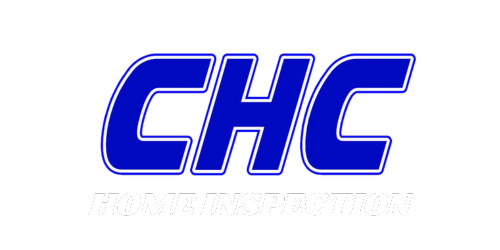What to Know About Mold Inspections
We’ve all had moldy cheese in the fridge at some point, but that kind of mold, while incredibly unattractive, doesn’t pose any lasting significant health threats to your family. But did you know that there are over 400,000 kinds of mold, but only a handful are toxic enough to impact your health? Once mold has established a foothold in your home, there’s no hiding from it, poisonous or not. CHC Home Inspection performs air quality testing and mold inspections if one is needed. We share signs of mold in your home, ways to prevent it, and what happens during an inspection.
Signs of Mold
If you notice a damp, musty odor in your home, you likely have a mold problem. Mold emits mold volatile organic chemicals (MVOCs), which spread through the air in your home and cause problems.
Members of a household with allergies or asthma may notice an uptick in the number of respiratory attacks. Even those without existing respiratory problems may find themselves with a persistent cough and sneezing despite not being ill.
If you find wallpaper that has begun to bubble or peel, mold may be the culprit. Changes in temperature and humidity cause condensation between the wallpaper and the wall. If the moisture never dries, it’s a perfect environment for mold to grow.
Preventing Mold
Prevention of mold is much safer and cost-effective than remediation. You can significantly reduce the risk of mold in your home by following a few steps:
Keep humidity in your home no more than 50% all year. You can use an air conditioner or dehumidifier to keep levels in check. If you’re concerned about a humidity problem, you can purchase a meter to check how humid your home is at any time of the day.
The air in your home should flow freely. Use ceiling or floor fans to keep air moving, and always use exhaust fans in the kitchen and bathrooms when cooking or bathing.
Repair any leaks in your roof or plumbing to eliminate the moisture mold needs to grow.
After a flooding event, clean and fully dry your home within 24-48 hours if possible. The same applies to carpet or upholstered items that get wet. If you cannot fully dry them right away, remove or replace them.
Unwanted moisture is like a welcome mat for mold. Keep airflow open and spaces dry to prevent mold growth.
Mold Inspections
Call our team at CHC Home Inspections to schedule an air quality test if you or members of your family are having respiratory issues.
If you suspect a mold problem in your home, a visual inspection is the first step. We’ll ask if you smell mold more prominently in certain areas or have seen mold grow. We can also use infrared imaging to spot moisture beneath surfaces that accommodate mold.
After a visual inspection, we’ll sample surfaces and test for mold. Sometimes samples can be obtained by swabbing an area and sending the swab to a lab. Mold professionals can also use tape to remove mold from a surface and test it to determine what kind it is. We’ll then sample and test your air for mold spores. Our professional mold inspectors will explain the results of your mold sampling tests.
If mold has been confirmed, you must take steps toward mold remediation. An inspector will create a complete plan for future mold remediation, known as the mold remediation protocol.
Contact Us
CHC Home Inspection is ready to help you identify and remove unwanted mold. We offer a range of services, including specialty inspections and radon testing.
Whether you’re looking to buy or sell a home or need a home inspection for insurance quotes or for home renovation or any other concerns, our professional team will work with you to make you experience seamless. Contact us today with any questions or request an insurance quote online.
CHC Home Inspection proudly serves Lexington, Louisville, Liberty, Somerset, Georgetown, and Nicholasville, KY and the surrounding areas.

